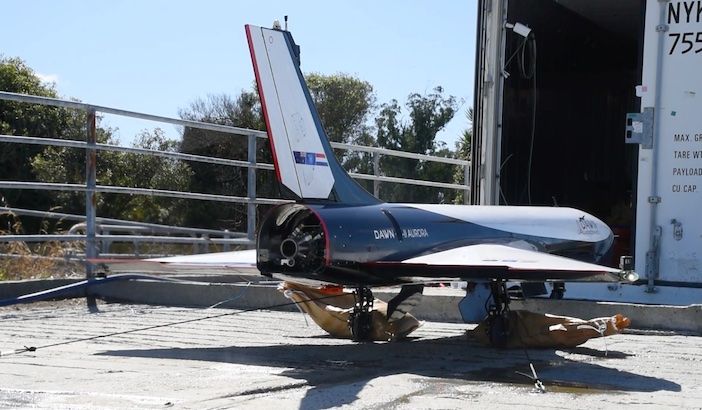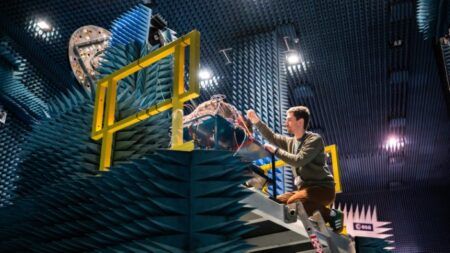Dawn Aerospace has received certification from New Zealand’s Civil Aviation Authority to fly its rocket-powered Mk-II Aurora spaceplane.
Dawn Aerospace, which is based in Christchurch, New Zealand already provides green propulsion systems for satellites and is developing vehicles to provide responsive, reusable, and low-cost space flight. Engineers at Dawn are developing the Mk-II Aurora to be able to fly to space twice in the same day and show that rocket-powered systems can be as reusable as commercial aircraft.
The 4.8m (16ft) long Aurora Mk-II spaceplane has a maximum take-off weight of 350kg and can reach speeds in excess of Mach 3.
The Mk-II is a technology demonstrator and could be used as a suborbital vehicle for applications such as earth monitoring, microgravity research, disaster management, and atmospheric measurements.
The company has completed the Mk-II Aurora’s certification and integration testing and plan to start the flight test campaign within the next month.
According to Stefan Powell, CEO of Dawn Aerospace, the certification is the first time a remotely piloted, rocket-powered vehicle has been certified to fly out of a civil airport.
In a blog post Powell said, “Certification as an aircraft is a crucial step towards our mission, as it allows us to operate without excluding other airspace users. This enables us to integrate with existing airspace and fly as frequently as the vehicle permits, rather than as often as we can clear the airspace.
In the past using surrogate jet engines we have achieved two flights within hours and four flights in a day. Rapid reusability is a key property that enables both swift iteration in development and unparalleled utility of the end product.”
The Mk-II Aurora spaceplane has been in development since 2018 and Dawn Aerospace has completed 48 test flights using jet engines to validate all of the non-rocket systems.
Dawn has also recently concluded static integrated testing of the Mk-II Aurora’s engine, firing it 112 times, including seven instances where it was integrated with the vehicle.
Powell said, “Initial flights will continue to follow a build-up approach, as we have done in the past. The first flights will reach modest speeds and altitudes while aiming to maintain the rapid test cadence we have previously demonstrated using surrogate jet engines.”





